Bratislava on the Danube River is the capital city and largest city in Slovakia at 450,000 residents. The location is unique for a capital city with its location on the borders of both Austria and Hungary. Bratislava has a growing tourism market attracting tourists from western Europe for its low cost of living. Efforts made in the past decade to integrate into mainstream Europe include becoming part of the Schengen Agreement allowing free movement of people across Slovakia’s borders with Austria, Czech Republic, Poland and Hungary, along with Slovakia’s adoption of the Euro as its national currency. Significant progress has been made toward revitalizing Bratislava’s historical structures with many of the tourist attractions today having been restored and re-opened only in the past five years.
St. Martin’s Cathedral, Bratislava.
Bratislava, Slovakia was capital of the Kingdom of Hungary for nearly 250 years
The name Bratislava is only from 1919 when Slovakia gained independence. Prior to that time the city was primarily known by its German and English name Pressburg.
Bratislava has a significant historical past dating back thousands of years due to its location on the Danube River. At the crossroads between Austria and Hungary, the city developed as part of the Kingdom of Hungary founded in 1000 with the coronation of Christian King Stephen I. In the early 16th century, the Ottoman Empire conquered portions of Hungary after a decisive battle in 1526 that killed the ruling Hungarian monarch. The Kingdom of Hungary split apart at this time as the Ottoman Empire established control over most of the lands in the former Kingdom of Hungary, including the city of Buda on the Danube. The Ottomans unsuccessfully attempted to conquer Vienna in 1529. The new border separating the Habsburg Monarchy and Kingdom of Hungary from the Ottoman Empire shifted to the east with Bratislava and Vienna being major centers of power. Bratislava became the capital of the Kingdom of Hungary in 1536 and remained so until 1783. The Austrian Habsburg Monarchy developed Vienna as its royal court city.
My point being that Bratislava has far more significant history than its border town status as a communist city under the 20th century Soviet-bloc states. There are many significant historical sites in Bratislava dating back to the Middle Ages.
Bratislava is known as the ‘coronation city’. Between 1536 and 1830 there were eleven kings and queens for the Kingdom of Hungary crowned in St. Martin’s Cathedral.
178 small golden crown plaques mark the coronation route through old town Bratislava.
Bratislava caters to Party People
The historical center of Bratislava these days caters to tourists who find themselves in the city, in large part after a one hour train ride from Vienna, Austria. The prices for most everything in Bratislava are one-third the typical price for tourists in Vienna from hotels to food to drink to souvenirs. Although for me, Bratislava was the fourth and final destination I stayed traveling across Slovakia for 8 days from Kosice in the east to the High Tatra Mountains and Levoca in the north to Bratislava in the southwest. I found Bratislava to be a city higher priced than any place else I had been in the country. Sticker shock was on the upside for me, rather than the downside most tourists experience coming from the west and venturing no deeper into Slovakia than the border city of Bratislava.
After a day with seven hours on buses and trains to travel from Levoca in the eastern part of the country across Slovakia to Bratislava, I was ready to see Bratislava on a Saturday night. I walked from my hotel at DoubleTree Bratislava two miles to Stare mesto, the ‘Old Town’ area, through a city that was kind of shockingly quiet. For nearly 40 minutes as I walked across town, I wondered if there was anything happening at all in this place? Eventually, I noticed a pedestrian only area and found myself in the heart of the Old Town.
Bratislava weekend madness
The real shock of Bratislava hit me as I passed by several large groups of drunk British men roaming the alleys and streets outside the pubs and cafes in the historical center. Bratislava promotes stag parties as a tourism opportunity. I encountered more than 100 loud and outrageous Brits disturbing the charming setting of the historic city when I simply wanted to sit back and chill with a nice cold beer. One group of British partiers were dressed up as 1870s style American cavalry soldiers and Indians as they roamed the streets. The photo above is a group of British guys in a stag party who taped the groom to a chair and were carrying him down the street when someone in the party got the idea they should pee on him. I heard some of his mates trying to persuade others that this was not a good idea. I did not hang around long enough to learn the outcome.
Many people come to Bratislava to drink, some people drink too much.
The first beer I had in old town Bratislava was in a tourist bar filled with Brits and I was shocked again when asked for 2.70 EUR. That was 3x the price I had paid at 90 cents for a beer the day before in eastern Slovakia and one euro more than the highest beer price I had paid in Kosice, the second largest city in Slovakia. The place was overly priced, even for Bratislava. On average, I found the beer prices in Bratislava were generally around 1.70 EUR.
After already traveling one week in Slovakia with hardly any English or American voices heard, I longed to be in a place again without English speakers around. Away from the noisily drunk Britons, I made my way to a pub that appeared to have more of a Slovakian crowd and ordered another beer at a far more reasonable price of 1.70 EUR, only to not receive my change from the 5 EUR note I paid. I got my change before I departed the pub, but my initial experiences of a Saturday night in the big city had me considering leaving Bratislava the following morning for Vienna. Bratislava did not seem like my kind of scene.
Bratislava in the light of another day
Stare mesto – Old Town Bratislava on a September Sunday
Fortunately I stayed another day in Bratislava. The next day, on Sunday, I found old town Bratislava an enchanting place and thoroughly enjoyed my day walking around the city. I spent 10 hours walking around Bratislava and never encountered any overly intoxicated partiers on the streets.
I repeated the two mile walk from the DoubleTree Hotel to the old town on Sunday morning. Within about ten minutes of being in the Old Town area, I came across a free group walking tour in English. I joined the group about 30 minutes into the 2 hour 15 min tour led by Dominika, a Slovakian medical student.
Dominika leading a www.befreetours.com English speaking group near Michael’s Gate, Bratislava, the only surviving gate from the medieval city.
Michael’s Gate, Bratislava.
I happened upon the tour just as Dominika was discussing Slovakian holiday customs at Christmas and Easter. One of the unique customs she described for this part of Europe is how the Easter Monday tradition is to dump a bucket of water on girls and women. Dominika said the tradition is supposed to make Slovakian women strong and beautiful. Given the time of year for Easter in early spring, she said her memory from this tradition was many Slovakian girls were sick in school following wet Easter Monday. Here is a YouTube video showing how the custom is typically carried out today in families.
Blue Church, Bratislava is officially the Church of St. Elisabeth.
After the walking tour I spent most of the rest of the day wandering through shops, drinking in pubs and walking around the city center snapping photos until returning back to the DoubleTree at dusk.
One word of advice to share. There are many craft shops in the old buildings of Bratislava where I found beautiful items at bargain basement prices. Turns out many of these places do not accept credit cards and I was running low on cash. I went and found an ATM, but even after hours of walking through many of the same streets in old town Bratislava, I was unable to find my way back to the place where I wanted to buy souvenirs. Fortunately, I will be in Vienna again in December and Bratislava is only a one hour train ride away for shopping.
Scenes from Bratislava, Slovakia
Hlavné námestie Bratislava is the main square of the city center. The yellow painted building has a cannonball mark on the corner from when Napoleon’s forces entered Pressburg in 1809.
An interesting aspect of Stare Mesto – Old Town Bratislava is when walking down one street the buildings may look Disneyland pristine and the next block can be derelict shells of old buildings.
Bratislava remains a work in progress.
Most signs around Slovakia are in Slovak and English.
Old Opera House, Bratislava
Carlton Hotel is a Radisson Blu and located off to the right from where I snapped this photo of the Opera House. The Radisson is in a location that I consider ideal for touring Bratislava.
Radisson Blu Carlton Hotel, Bratislava
St. Martin’s Cathedral, Bratislava
Cumil bronze statue is said to be the most photographed sculpture in Bratislava.
Cumil.
Here is an article from WelcometoBratislava.eu describing many of the interesting statues around Old Town Bratislava.
My last site to visit before heading back to my hotel was seeing the castle at sunset.
The thing about old castle sites is they tend to be an uphill walk.
This hike was worth it for the views.
Bratislava Stare Mesto – St. Martin’s Cathedral view from Bratislava Hrad-castle.
Danube River view at sunset from Hrad-Castle.
Bratislava Hrad, castle at sunset saw dozens of visitors and couples snapping scenic photos and mostly selfies from the walls high above the Danube.
I followed the river path for about one mile for a different route back to my hotel. There are hotel boats docked along the river.
And young couples beside the river at sunset on a Sunday summer evening.
The next morning I boarded a train for the one hour ride to Vienna. I had been in Slovakia ten days and thoroughly enjoyed the country, especially the smaller towns in the eastern part of the country.
Vienna Train Station.
From Vienna I boarded another train for Salzburg where I stayed two nights before flying back to California.
Slovakia Trip Report
- Slovakia on my mind
- My late summer trip Kosice, Slovakia to Salzburg, Austria
- Two cozy days in Košice, Slovakia
- Kosice, Slovakia – The Singing Fountain Spievajúca fontána
- Hotel Review Suite Boutique Hotel Chrysso Kosice Slovakia
- Lomnické sedlo, Slovakia – Roof of the High Tatras
- High Tatra Peaks Slovakia on a Clear Sky Morning
- Grand Hotel Stary Smokovec Slovakia 1904, Historic Hotels of Europe
- Slovakia as a tourist destination? I’m lovin’ it!
- See the world through ‘We Are Happy From’ videos
- Slovakia recap after 10 days
- Slovakia and Austria cheap travel on buses and trains
- Bratislava, Slovakia highest SPG reward redemption rate I recall finding (I had a reservation here, but ended up canceling to stay two nights at DoubleTree Slovakia for 4,000 HHonors points + 30 EUR).


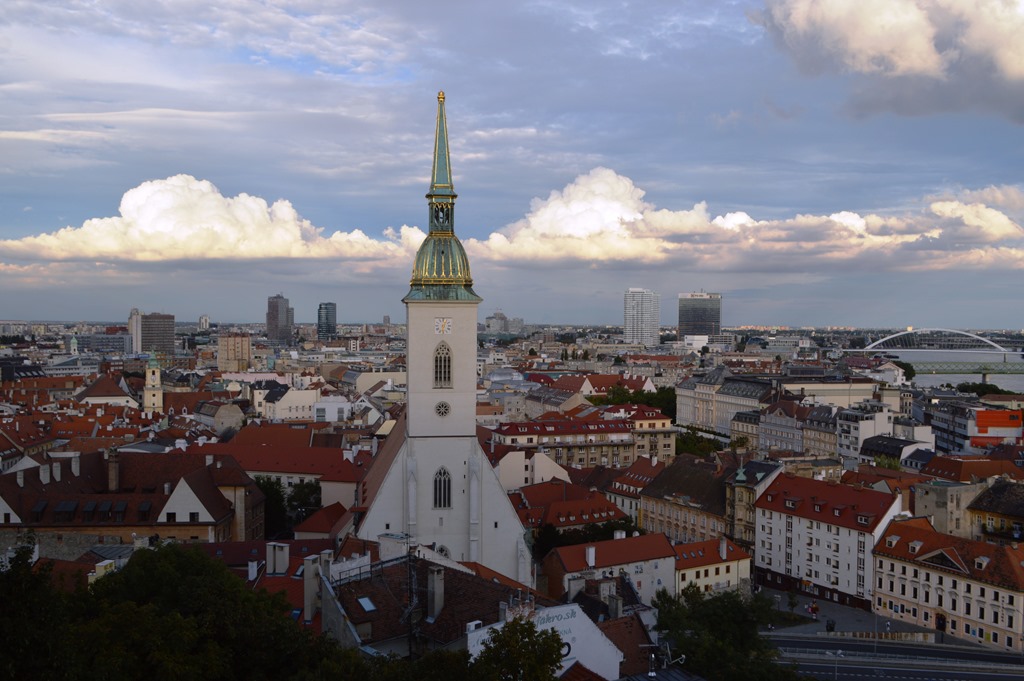
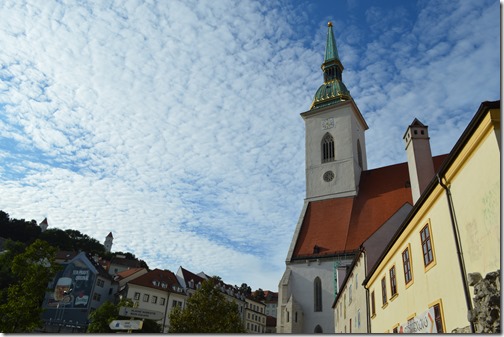
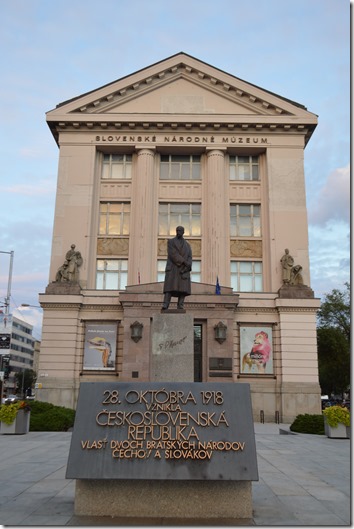
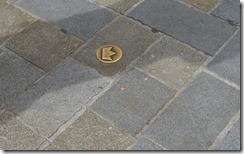
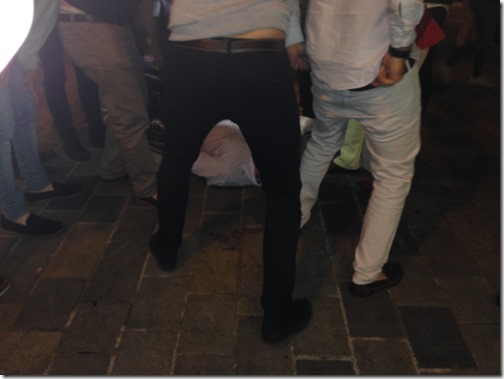
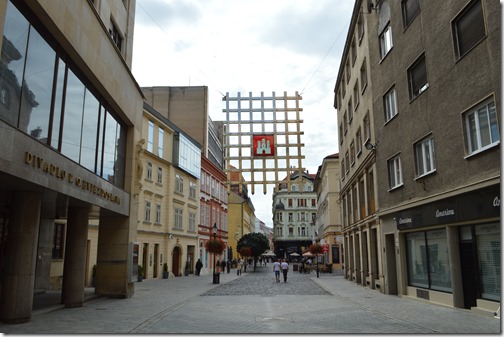
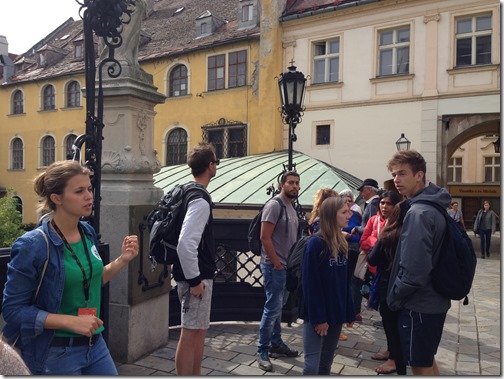
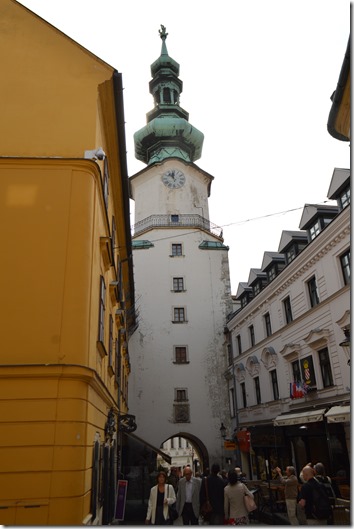
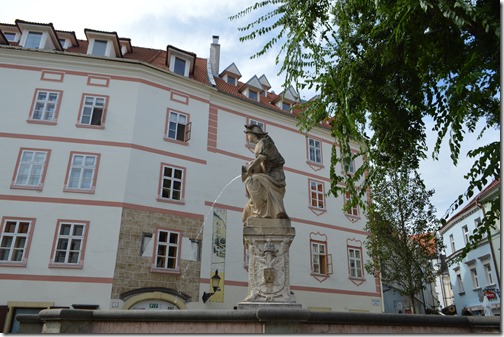
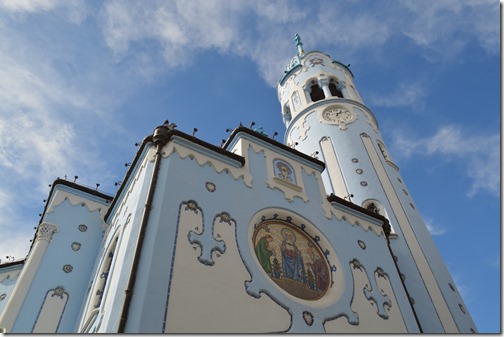
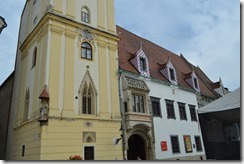
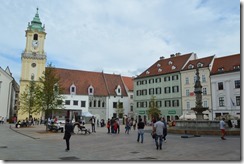
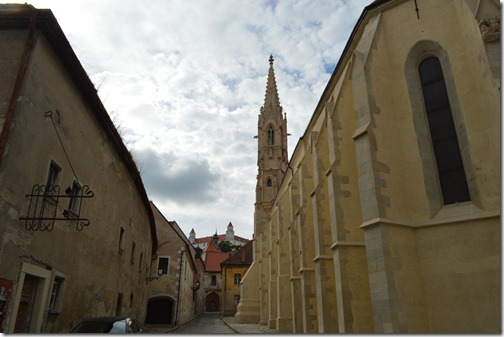
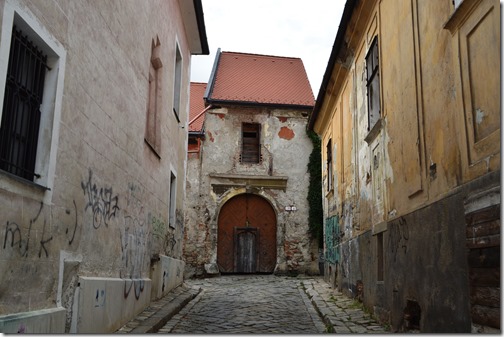
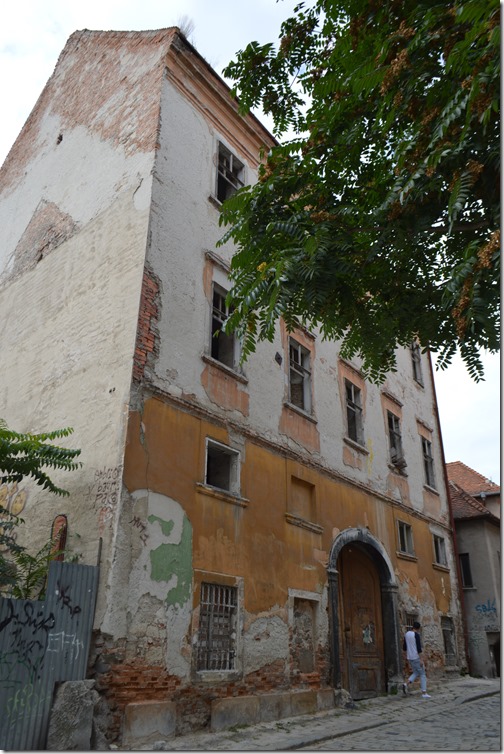
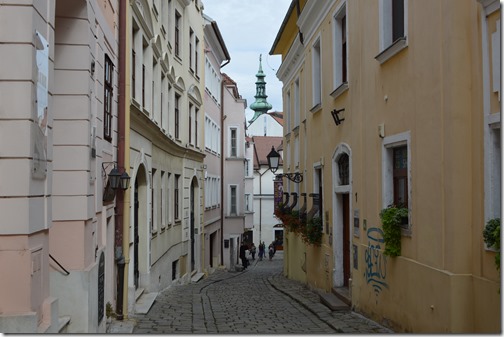
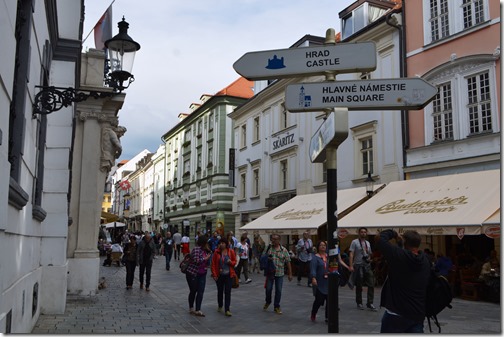
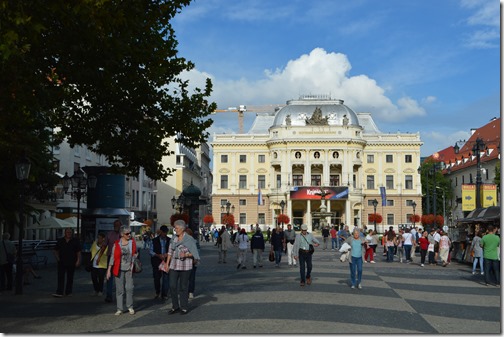
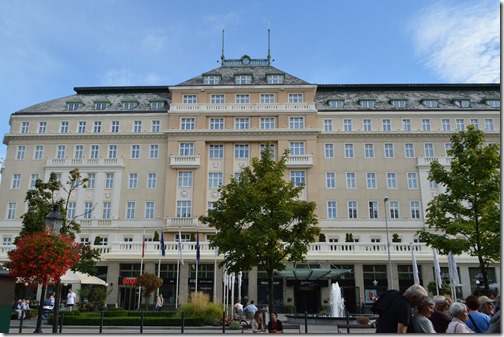
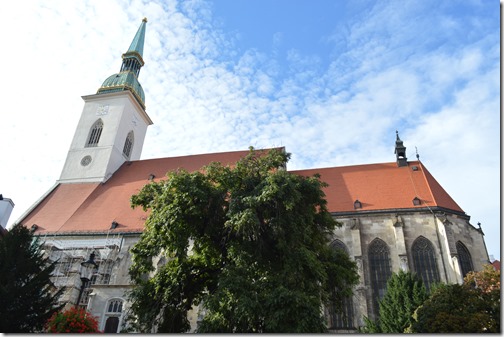
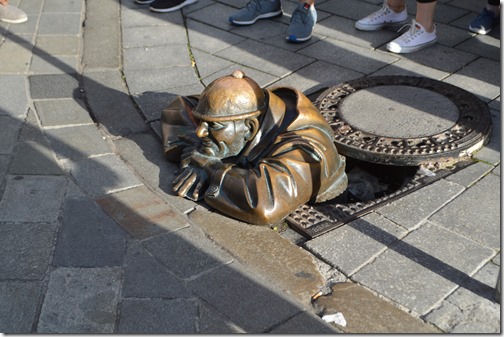
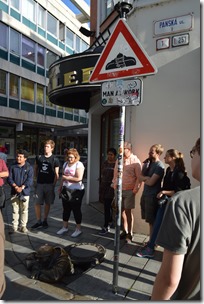
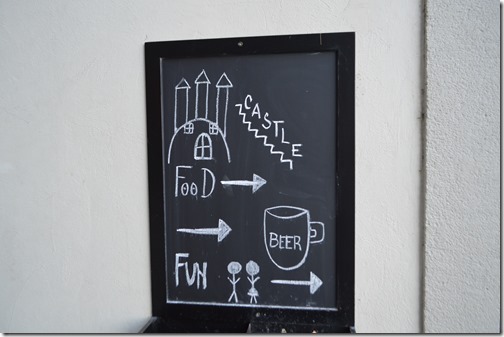
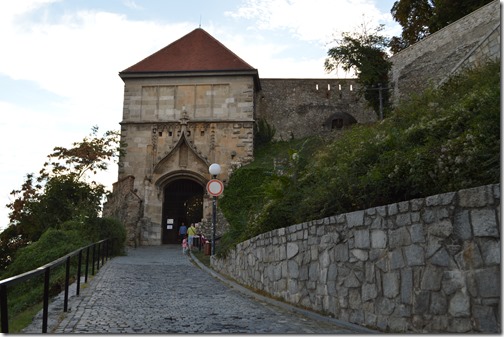
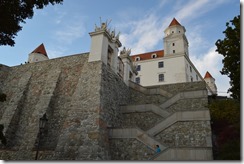
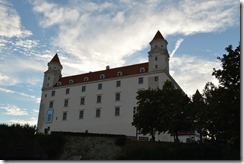
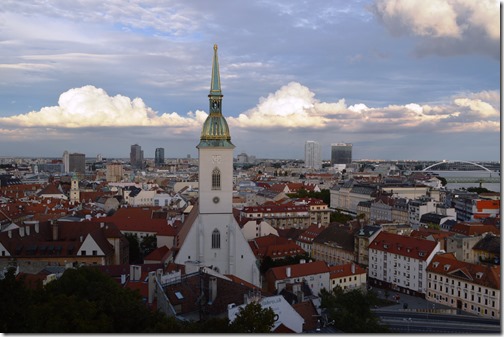
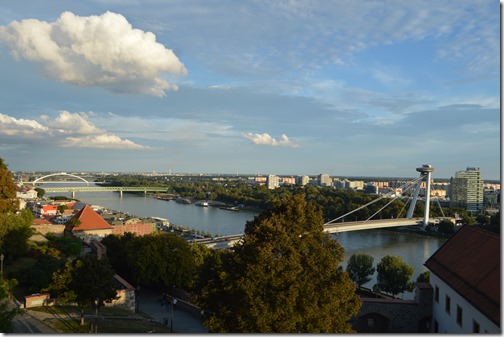
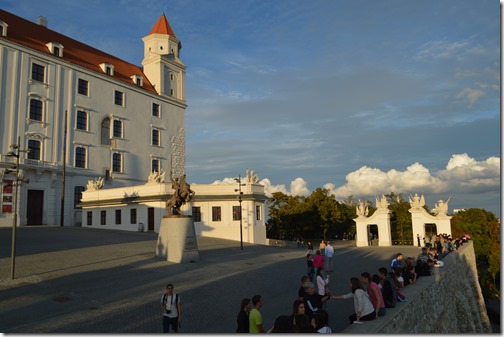
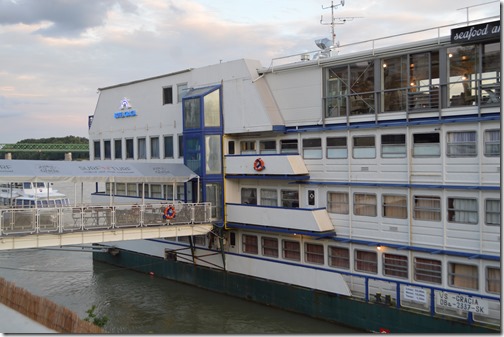
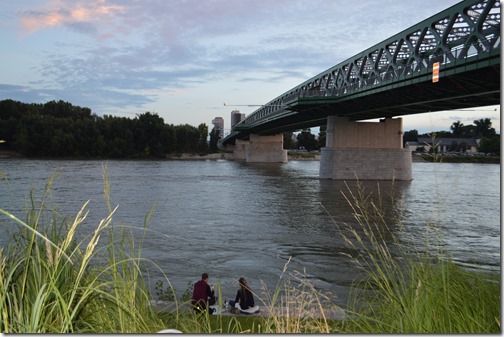
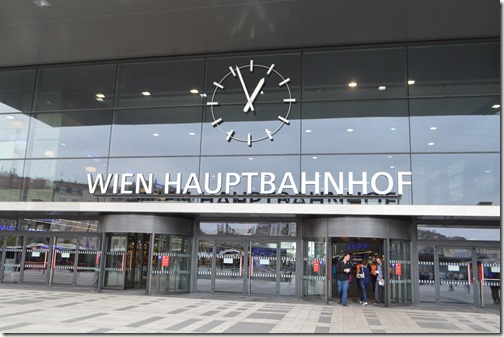
9 Comments
Comments are closed.